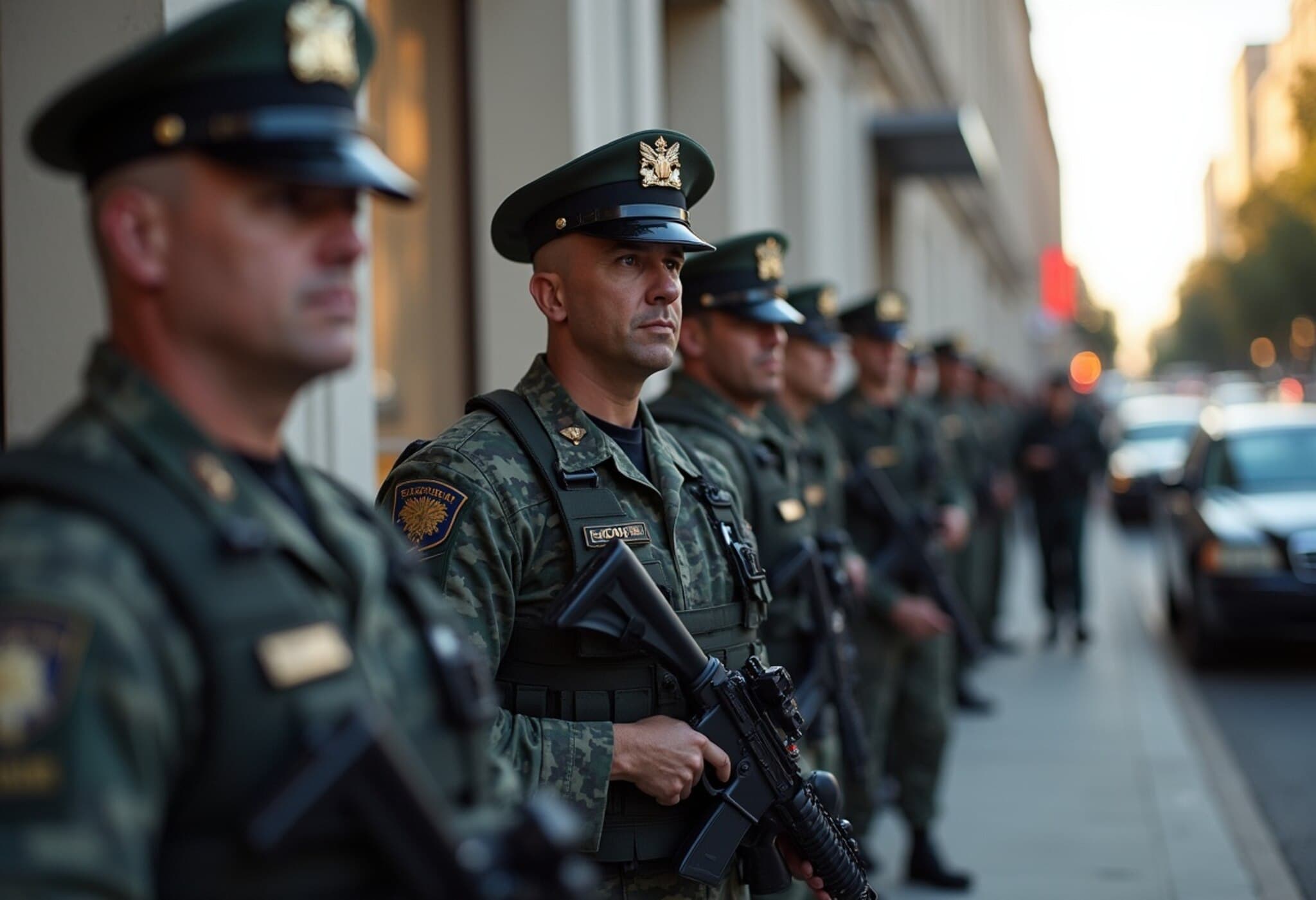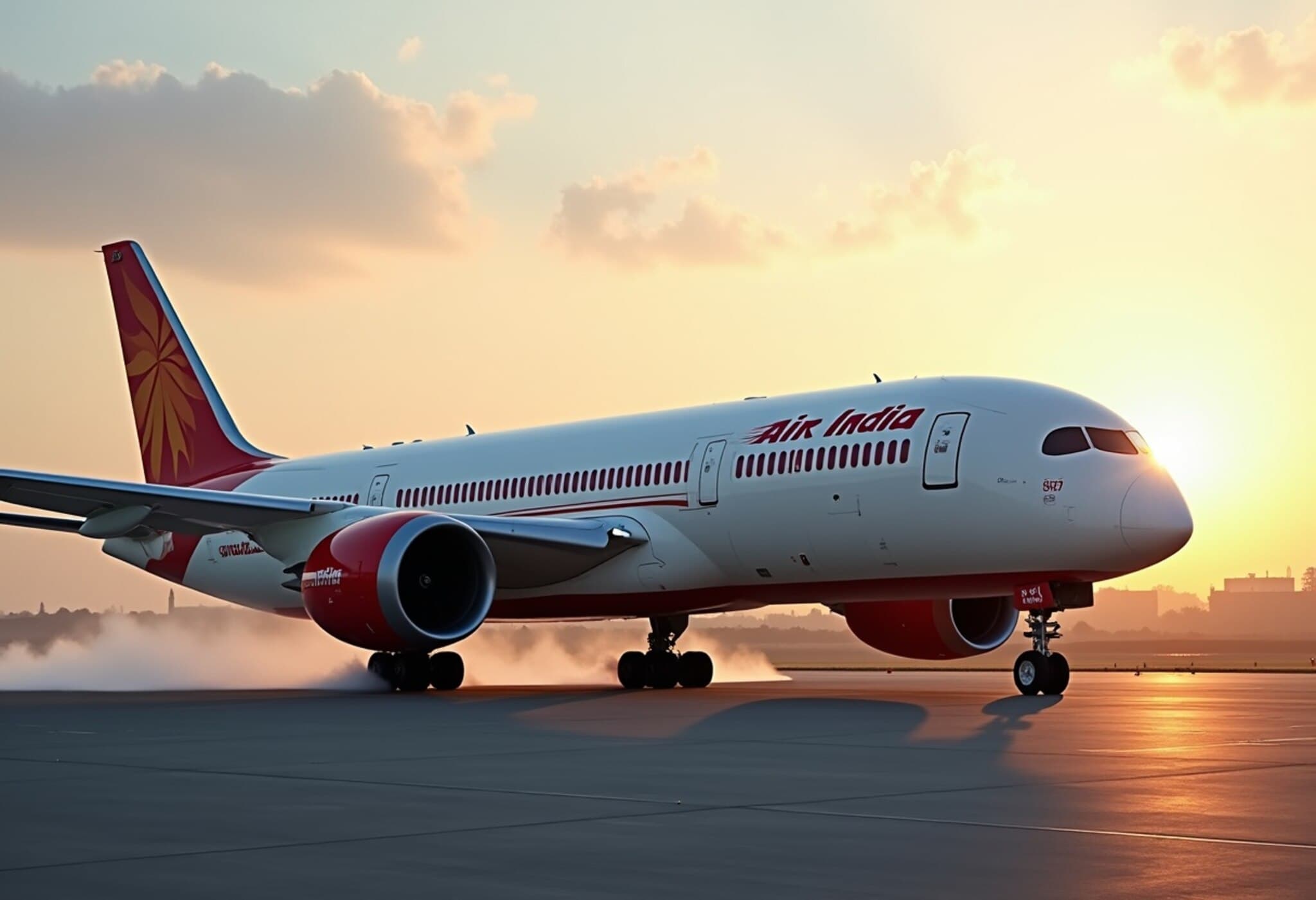Investigative Hearings Uncover Altimeter Discrepancies in Fatal Washington Helicopter Crash
In a sobering revelation following a tragic mid-air collision that claimed 67 lives in Washington, the National Transportation Safety Board (NTSB) has identified critical technical problems with the US Army Sikorsky Black Hawk helicopter involved in the incident. The findings emerged after intensive hearings held from July 30 to August 1, 2025, which brought to light troubling discrepancies in the helicopter’s altitude readings — discrepancies that may have contributed significantly to the fatal accident.
The Tragic Collision
On January 29, 2025, a Sikorsky Black Hawk military helicopter on a routine training flight collided mid-air with a Bombardier CRJ700 passenger jet operated by an American Airlines subsidiary, just moments before the plane’s approach to Reagan National Airport, mere miles from the White House. The crash resulted in the deaths of all 67 people aboard both aircraft, marking one of the deadliest aviation disasters on US soil in over a decade.
Technical Findings: Altimeter Discrepancies and Their Implications
The cornerstone of the NTSB inquiry was the helicopter’s altitude data gathered from its flight recorders. Investigators found a substantial variance — between 80 to 130 feet — between the readings of the helicopter’s radar altimeter and its barometric altimeter during flight. This disparity is notably higher than the 20 to 55 feet difference observed under controlled testing conditions with the same helicopter model from the same battalion.
Marie Moler, an NTSB investigator, explained: "Once the helicopter rotors were fully engaged and generating lift, the altimeter readings significantly dropped and remained below the true altitude for the duration of the flights."
This technical inconsistency raises serious concerns that the helicopter crew’s perception of their altitude was potentially distorted, increasing the risk of spatial misjudgment in the congested airspace above the Potomac River.
Contextualizing Safety Protocols and Airspace Regulations
According to Federal Aviation Administration (FAA) regulations, helicopters in the Potomac River corridor are mandated to fly below 200 feet to harmonize military operations with civilian air traffic. The NTSB chair, Jennifer Homendy, emphasized the gravity of the altimeter difference: "A 100-foot discrepancy is a significant margin, especially in such restricted airspace, and warrants further detailed investigation." This echoes long-standing concerns about complex airspace management where military training flights intersect with commercial operations.
Political and Operational Reactions
The incident sparked swift political reactions, notably from then-President Donald Trump, who controversially suggested diversity hiring policies might have played a role — claims that lack factual support and were not corroborated during the hearings.
Meanwhile, FAA air traffic control expert Clark Allen testified that there was an adequate supervisory presence in the relevant control towers at the time of the crash, suggesting that human oversight was robust and not a contributing factor.
Looking Back and Forward: What This Means for US Aviation Safety
With the United States enduring its deadliest aviation accident since 2009, these latest findings put the spotlight on the technical and regulatory challenges of safely integrating military and civilian aircraft in shared airspace near densely populated urban centers.
Experts suggest several critical takeaways:
- Enhanced Altimeter Calibration and Monitoring: There is a clear need to review and possibly upgrade the altimeter technology and its integration within military helicopters, especially for operations near airports.
- Stricter Airspace Coordination: Improved communication protocols between military flights and civilian air traffic control could help prevent future collisions.
- Transparent Investigations Free From Political Bias: The importance of maintaining investigative integrity to focus on factual evidence without external distractions is paramount.
Expert Commentary
Henry Martinez, a veteran aviation safety analyst, commented, "This accident underscores how even minor technical anomalies can cascade into catastrophic failures within complex airspace environments. It’s a wake-up call for both military and civilian aviation sectors to redouble efforts toward technological resilience and operational transparency."
Editor's Note
The NTSB’s detailed findings on the Washington helicopter crash expose not only the technical vulnerabilities inherent in military aviation but also highlight broader systemic issues in airspace management and accident investigation. As technology evolves and urban airspaces become more congested, balancing safety, training, and efficiency will require renewed collaboration and innovation. Readers are encouraged to consider how these lessons might apply beyond aviation—reminding us all of the critical role accurate information and clear communication play in preventing tragedies.














